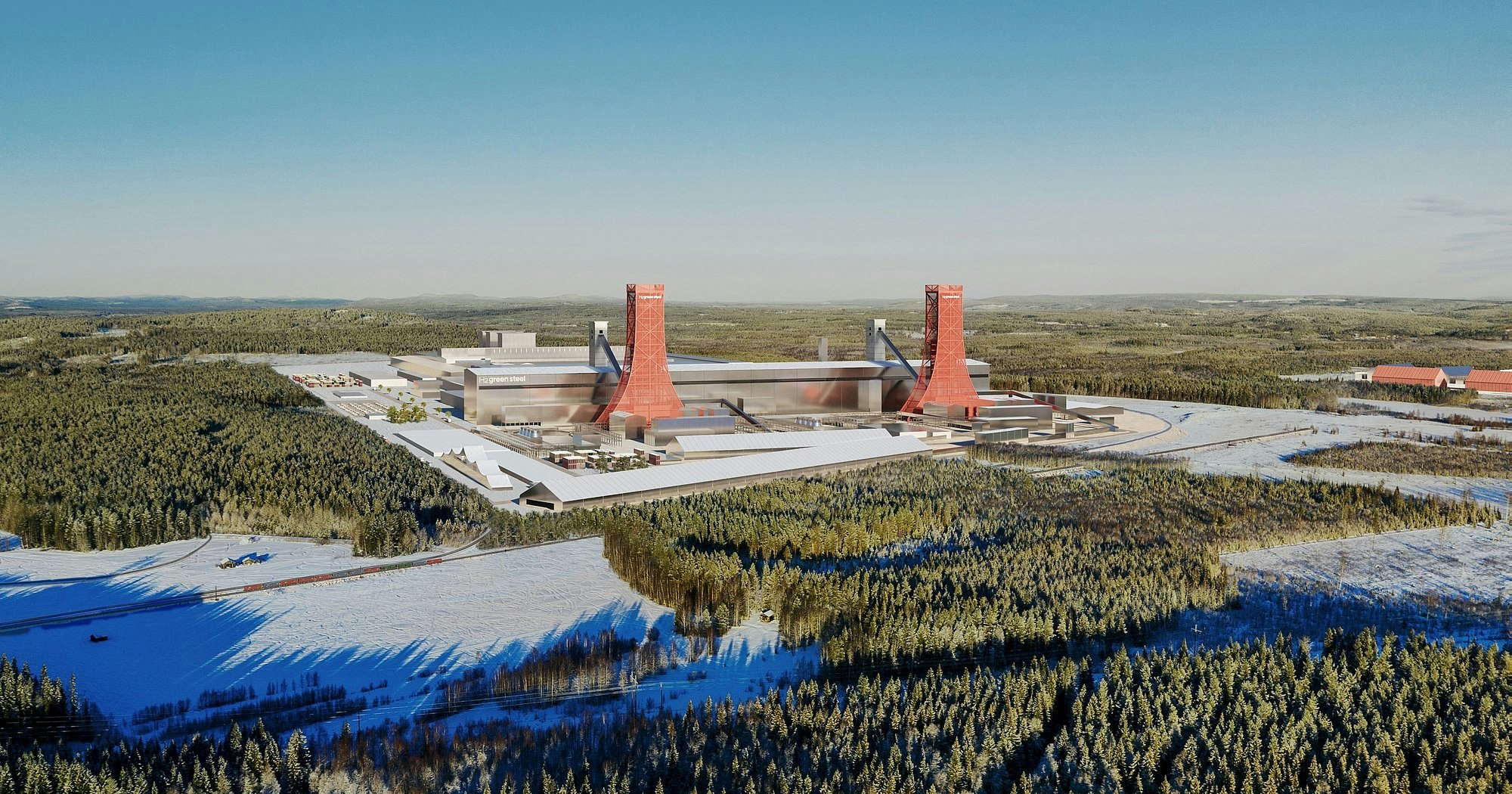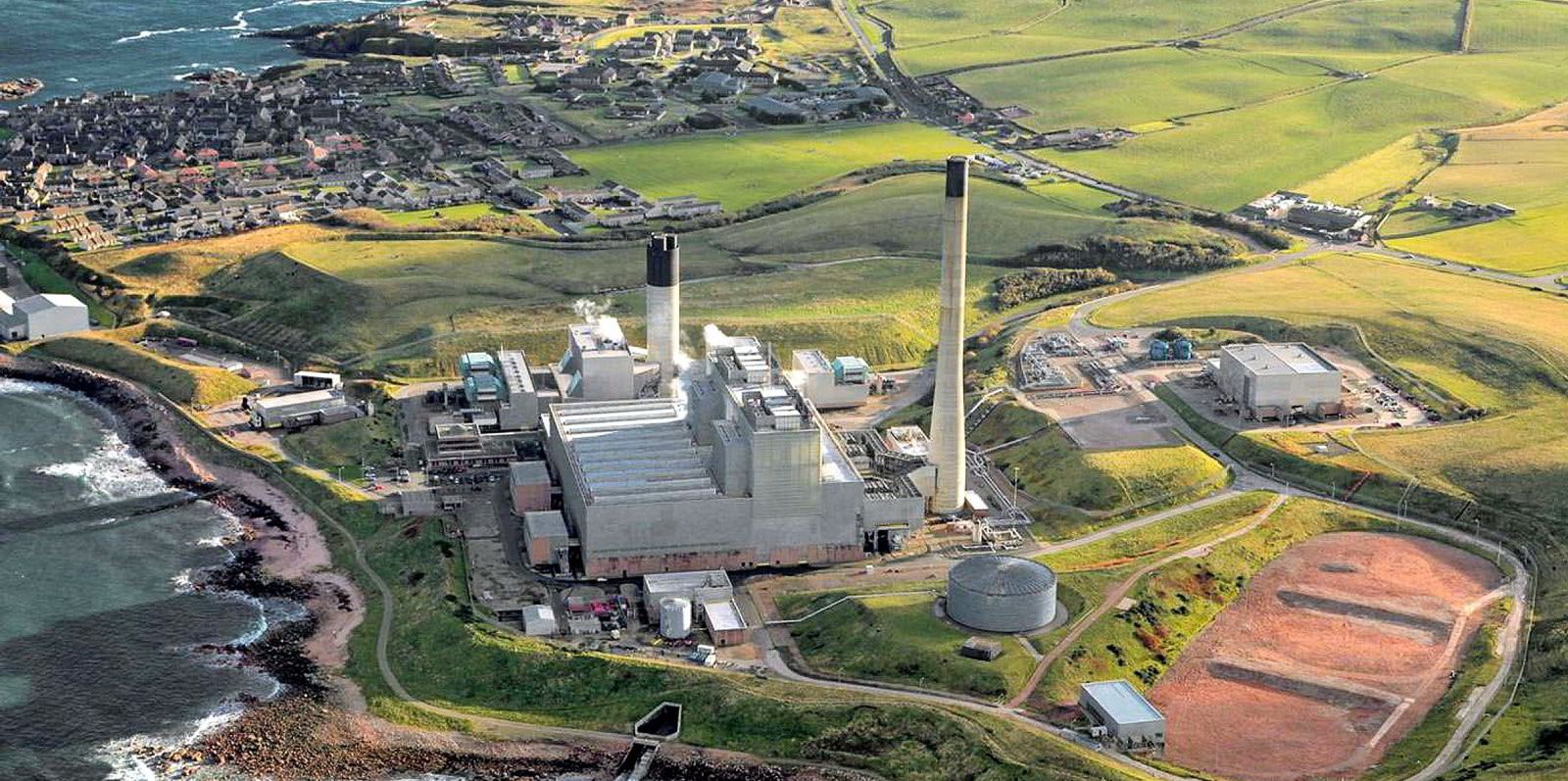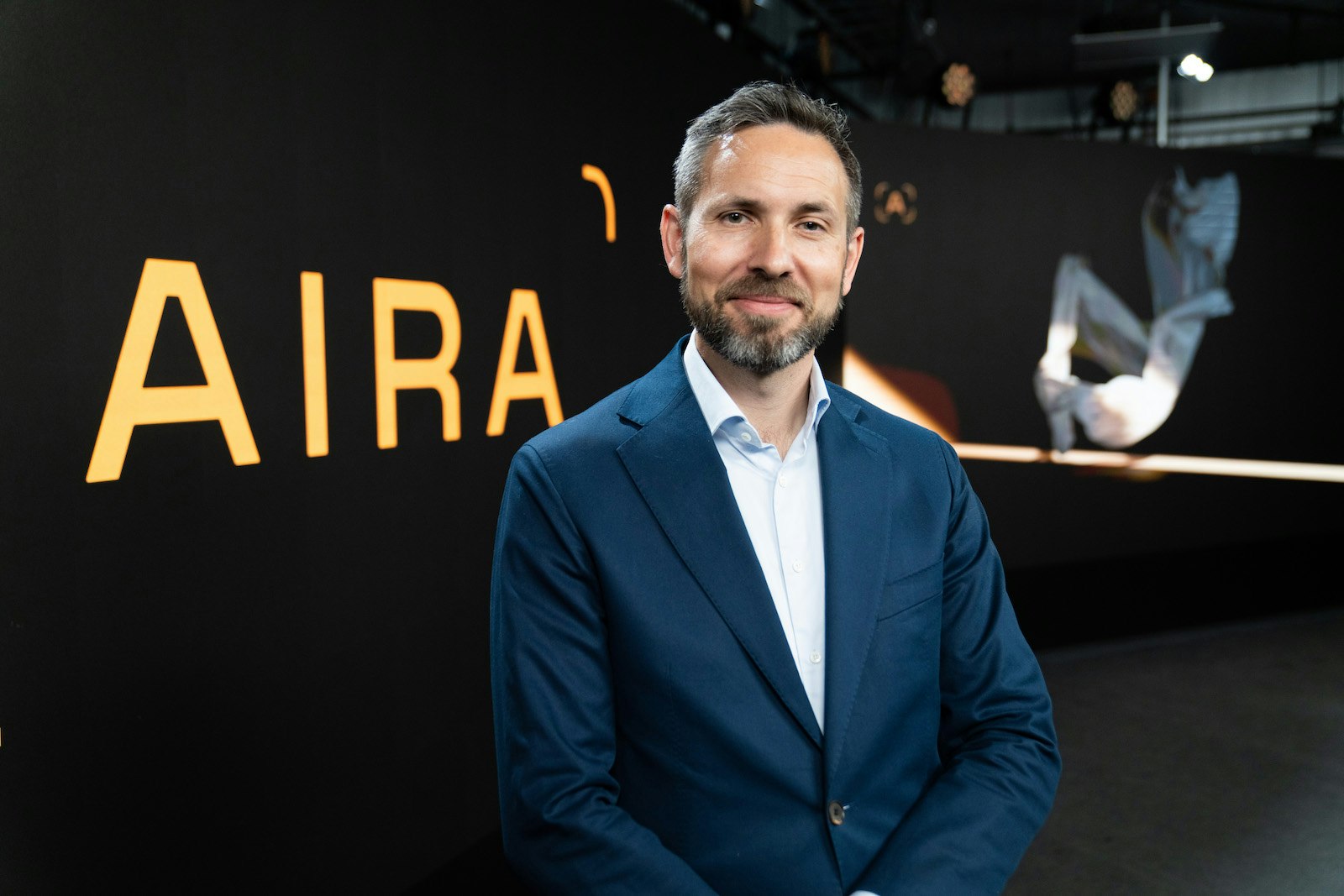VCs are waking up to the fact that the battle against climate change can’t be solved with escooters or software — two areas they’ve ploughed billions into in recent years.
Luckily for them, a new generation of startups is promising to really move the needle on climate. Companies in fields like carbon capture and materials science.
The catch? They take a lot of money to scale. And they’re not software companies, but companies building big, physical stuff.
As a result, VCs are having to come up with a whole new playbook to back these capital-intensive businesses, or else they risk missing out on the next wave of climate innovation — and a lot of returns.
“Energy, soil degradation, food supply chains… The constituent issues of the climate crisis are physical problems that demand physical solutions. We are not going to save the world with software alone,” says Will Dufton, principal at VC firm OMERS Ventures.
“It is not hard to imagine a world in which billions of dollars of value is captured by many climate technology companies.”
What do infrastructure startups look like?
These “infrastructure startups” fall into two categories. The first are deeptech companies working on breakthrough tech — for example nuclear fusion and carbon capture technology — which will also need to build plants and factories to scale that technology in the future.
“We have seen companies that neither fall exactly in the VC asset class, nor into infrastructure, nor private equity, because they have some form of high scientific or tech risk. And they also have a large capex [capital expenditure] component,” says Avid Larizadeh Duggan, senior managing director at growth investor Teachers’ Venture Growth.
But Arne Morteani, investor at Kiko Ventures — and, as far as Sifted can tell, the person responsible for coining the term "infrastructure startup" — argues that a second category are true infrastructure startups. These companies have little or no tech innovation of their own, but are instead focused on building existing technology — for example, the tech to produce green methanol — at scale.
“We're moving into a phase where we're going to see a rollout in many, many areas of climate tech. It's going to be all kinds of alternative fuels, alternative materials. It's, potentially, going to be alternative food sources and proteins,” says Morteani.
Morteani likens the rewards involved in financing infrastructure to private equity investment into restaurants. If you build a new concept restaurant, your return on investment is limited and not necessarily scalable. But if you back the rollout of those new restaurants, the returns are greater.
But in climate, the job’s falling to startups precisely because of the speed of the rollout: they’re better equipped to move quickly than the older, corporate industrial players. That’s key given how much we need green infrastructure, fast, he says.
Northvolt: infrastructure poster child?

Scottish startup Storegga is a good example of this new infrastructure breed. It describes itself as a “project developer” and is working on building carbon capture plants and hydrogen production facilities. It’s got projects planned in the UK, the EU, North America, Asia and Latin America.
Storegga is “technology-agnostic”, the team tells Sifted, “so we can utilise the most appropriate technology for each project”. It’s typical of an infrastructure startup in which the focus is not on developing early-stage tech, but on securing access to existing technologies and figuring out how to scale them up.
Gigafactory startup Northvolt, valued at $12bn, is perhaps Europe’s biggest example of an infrastructure startup. Its focus is less on battery innovation — though it does do some of this — and more on designing and building gigafactories where batteries can be produced at scale.
Its product isn’t a battery; it’s a gigafactory.
Others in Europe: Climeworks, a direct-air-capture startup (removing carbon directly from the air) that's built a first-of-a-kind plant in Iceland, and is now into the rollout phase, building a second plant. And Heart Aerospace, which is building a 30-seater electric plane and already has orders for 230 of its craft.
What kind of capital do these companies need?
The problem is that VCs aren’t set up to back capital-intensive plays. VCs bet on technology — and love software. Software can scale quickly without needing any inventory or physical infrastructure.
But many deeptech companies say that VCs’ lack of expertise — and comfort — with backing capital-intensive businesses has stopped some truly disruptive companies from scaling, and meant those VCs missed out on potentially huge returns.
So while startups might get funding at the early stages for new climate technology from VCs, they find it very hard to raise from them at later stages when they actually start to build physical facilities and structures, founders say.
That’s why companies like Northvolt and Storegga are tapping up other kinds of investors. Northvolt’s cap table includes VCs, asset managers, state banks, pension funds, car companies and private equity firms. Storegga’s includes Singaporean sovereign wealth fund GIC, Japanese trading company Mitsui & Co, Europe’s largest gas transport and storage company, Snam, and Australian financial services group Macquarie.
Martin Prince-Parrott, a climate-focused real estate investor and developer, says companies trying to build infrastructure shouldn’t fall into the trap of following the typical startup-VC model.
“The mistake climate tech startups make is how they structure their funding. They can’t really be funded like other conventional startups. It would make more sense for climate-focused infrastructure startups to optimise their businesses and their roadmaps for late-stage real estate style investment — and that process is very different from securing traditional VC investment,” he says.
Companies need to prove that they understand how to manage project development risks, Prince-Parrott says. They need to show they have a grasp on the planning process — particularly if the construction is visible to the public. Then they need to show they have construction contracts in place, and the ability to secure enough financing to see the project through.

But capital-intensive startups are also finding creative ways to get investors comfortable with the risks of their businesses.
Sustainable materials company Fairmat has raised €44m since founding — all from venture capital. Its most recent Series A round was led by Singaporean investment company Temasek and family-backed investment firm CNP.
Instead of building its own factory to produce its materials in, Fairmat decided to rent a factory. The decision was partially motivated by environmental concerns — building a new factory would have created emissions — but had the additional benefit of not needing to pay to build a whole new one and have that asset on its balance sheet.
“By doing so, the investors have seen our determination to be aligned with our values and our engagement with the planet, while at the same time making the right financial decision.”
TVG’s Larizadeh Duggan says that some companies are being “creative” when it comes to financing their large capital expenditure needs too, which can “make it possible for traditional venture investors to invest”.

That could include “partnering with strategics that provide that capex for them so they really only need the investment in the technology, and the initial capex is provided by the customer/partner. And once that’s proven, it becomes easier to get a more traditional lender.”
Investors say another solution could be one in which incumbents license IP from climate startups — say carbon capture tech — and then build facilities themselves. The startups would make money from a licensing fee — a business model that’s attractive for VCs.
A new breed of founder: risks and possibilities
Despite more investor interest in this kind of startup, it’s still not easy going for many in Europe. Infrastructure companies are more exposed than others to fluctuations in things like energy markets and supply chain crunches — as seen in the potential delays faced by Northvolt at its site in Germany.
And of course, the US Inflation Reduction Act (IRA) is a huge draw for European climate startups who need lots of capital to relocate to the US.
“The IRA seems like the single most important catalyst the energy transition and clean economy has experienced to date,” says OMERS’s Dufton. “It is forecasted that total commitments, once all private capital and other subsidies are factored in, will be over a trillion dollars of capital flow.”
And there still are few investors that are comfortable backing these companies throughout their lifetime. For those investors that will back infrastructure, there could lie a big opportunity.
“There is a big opportunity for anyone who can build a hybrid product that can support these companies end-to-end from seed to infrastructure scale,” says Dufton.
Finally, these companies will need to be led by a whole new kind of founder.
“You need people with a lot of gravitas and credibility within the industries where the rollout is planned,” says Morteani. “You can't do this as a 25-year-old goatee-wearing Silicon Valley founder — that doesn’t work.”


